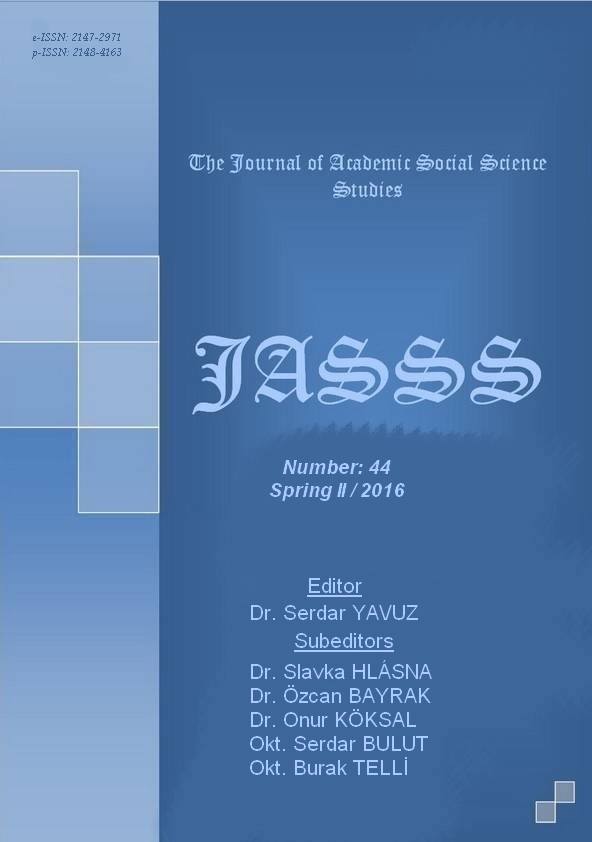Author :
Abstract
Holistic eğitim dil öğretiminde kullanılan bütüncül bir yaklaşımdır. Hayat boyu öğrenmeye dayalıdır. Öğrenci merkezlıdir. Parça bazlı öğretim, ezberci öğretim ve dilbilgisi çeviri yontemlerini yetersiz bulur. Her şey bir bütün olarak öğrenilmelidir. Deyimler, yabancı dil öğrenicileri için dilin en zor elementleri arasındadır. Bunun sebebi şudur: deyimler, gerçek ve asıl anlamının dışında kulanıllır ve bir veya birden çok kelimeler tarafından biçimlendirilirler. Bu durum deyimleri anlaşılmaz yapar ve öğrencileri deyimleri tanıma ve anlamlandırma konusunda zorlar. Bu nedendendir ki bu çalışma öğrencilerin deyimleri ne kadar ve nasıl anladığını ve deyim öğrenmenin zorluklarını ortaya çıkarmayı amaçlar. Bütüncül eğitimin bu öğrenilme güçlüğüne çözüm olacaktır. Giriş bölümünde çalışmanın amacından ve sav’ın konusundan bahsedilmiştir. İkinci bölümde dil öğrenme ve iletişimde deyimlerin önemi tartışılmıştır. Üçüncü bölümde deyim öğrenmenin zorlukları ve araştırma method ve analiz sonuçları gösterilir ve son bölüm sonuçların yorumlanması ve problem çözümleri için önerileri içerir.
Keywords
Abstract
Holistic education is a complete approach used in language learning. It is based on life long learning. It is student centered. Fragment based learning, rote learning and grammar translation mehtod is accepted as insufficent in holistic approach. According to holistic approach everything must be learned as a whole. Idioms are among the most difficult items of language for foreign language learners. The reason of this is that idioms is shaped by one or more words which are used out of their original and real meanings. This situation makes idioms incomrehensible and forces learners to identify and define the idioms while reading them. For the reason that this study aims to find out -how and how much do students understand idioms and what are the reasons of this difficulty in learning idioms. This difficulty in learning idioms will be solved with holistic education. In the introduction part the aim of this study and problem statement is mentioned. In the first part, the definition of idioms and classifying of idioms is given. In the second part, the importance of idioms in langugage learning and communication is discussed. In the third part, the difficulties of learning idiom and research method and results of analysis is shown and the last part contains comments of the results and advices for solution of the problem.





